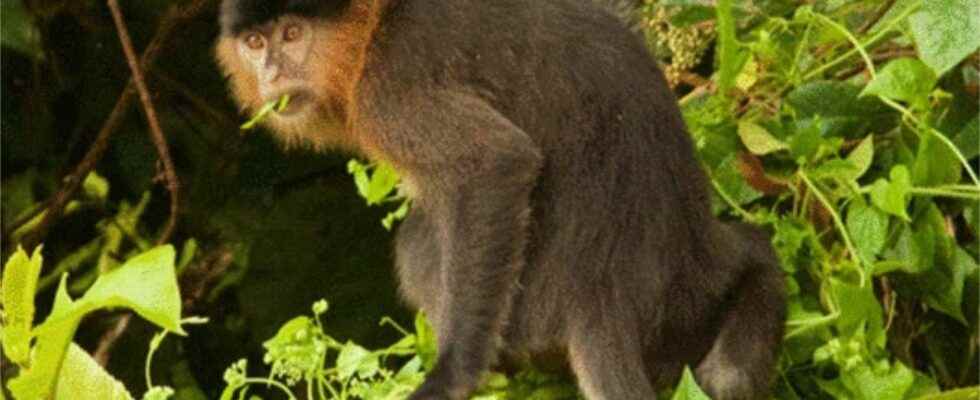If it is common to observe hybridizations between species close to primates living in the same area, it is much rarer and surprising to observe hybrids between very different monkeys. A female ‘mystery monkey’ was photographed in Malaysia in 2017 and a research team says she may be a rare hybrid.
You will also be interested
[EN VIDÉO] Interview 2/5: The genetic proximity between humans and monkeys There are 95% similarities between humans and chimpanzees. The human genome is therefore very similar to that of certain animals. We met Jean-Louis Serre, professor of genetics, to tell us more about the similarities between humans and animals.
The classification of primates into several kinds depends on certain aspects phylogenetic but also morphological, which are supposed to constitute barriers to reproduction between species of distinct genera. However, the ” monkey mystery” presents a mixture of morphological characteristics that could belong to species of different genera that coexist along the Kinabatangan River, Malaysia, and which would be the proboscis (Nasalis larvatus) and the capped semnopithecus (Trachypithecus cristatus).
The crab-eating macaque, for its part, has adapted to the human presence by learning to negotiate objects for food. © Futura
From photographs of the “mystery monkey”, the authors of the study in theInternational Journal of Primatology took anatomical measurements (lengths from shoulder to elbow, forearm, thigh, calf) and compared them to those of his supposed parents.
The “mystery monkey” had a rather pronounced nose like that of the proboscis monkey and hair type and coloring borrowed from both species
In addition to these measurements, the authors found that the “mystery monkey” had a nose quite pronounced like that of the proboscis and the hairs of type and coloring borrowed from the two species. It should be noted that this female was subsequently photographed with her calf, indicating that hybridization between N. larvatus and T.cristatus produces fertile individuals.
Several ‘mystery monkey’ photographs have been taken in the same area since 2017 and the authors believe they all show the same specimen, although this cannot be certain.
Species confined to the same space
Previous sightings reveal the presence of mixed groups in the area as well as females N. larvatus nursing and caring for young T. cristatus. The authors indicate that this rare case of hybridization in nature could have been favored by the modification of the natural environment of N. larvatus and of T.cristatus which has been fragmented by the plantations of oil palms.
The two species are now confined to the same strip of forest and have very few possibilities to reach other patches of forest. In semnopithecines, the males tend to disperse more and if there are no males left among the females, a Proboscis monkey could have mating opportunities. Moreover, the larger size of Proboscis monkeys could give them the advantage against semnopithecines and drive them out of their territory.
Analysis genetic remain to be carried out to confirm this supposed hybridization and the authors plan to take samples from faeces. If the hybridization hypothesis is confirmed, the authors warn against potential extinction of one of the two species. A part of Genoa of the latter could then be assimilated in the second species which would perform better in this restricted environment.
Interested in what you just read?
